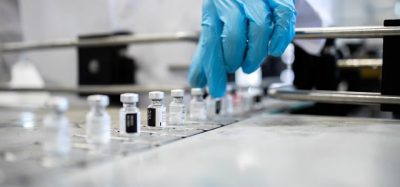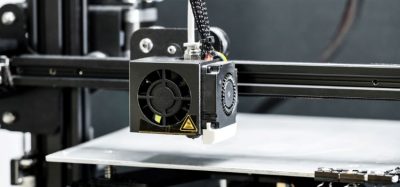Take a look inside drug delivery devices
Posted: 23 August 2022 | Hannah Balfour (European Pharmaceutical Review) | No comments yet
Explore the internal workings of two of the most common drug delivery devices – the powder asthma inhaler and the EpiPen®.
![Internal structure of a powder inhaler revealed using CT scan [Adapted from Scan of the Month].](https://www.europeanpharmaceuticalreview.com/wp-content/uploads/Inhaler-feature.png)
![Internal structure of a powder inhaler revealed using CT scan [Adapted from Scan of the Month].](https://www.europeanpharmaceuticalreview.com/wp-content/uploads/Inhaler-feature.png)
Internal structure of a powder inhaler revealed using CT scan [Adapted from Scan of the Month].
While combing for our typical insights into the pharmaceutical industry, we came across Scan of the Month and could not help but share their drug delivery device edition – a fascinating insight into the complexities of drug delivery devices many may take for granted.
Using computerised tomography (CT) scanning, we can see beyond the consumer friendly design to the inner workings of two common drug delivery devices: the powder asthma inhaler and Mylan’s well-known EpiPen®.
Powder inhaler
![External view of the packaging of a powder asthma inhaler [Credit: Scan of the Month].](https://www.europeanpharmaceuticalreview.com/wp-content/uploads/Inhaler-e1661252113952-167x250.png)
![External view of the packaging of a powder asthma inhaler [Credit: Scan of the Month].](https://www.europeanpharmaceuticalreview.com/wp-content/uploads/Inhaler-e1661252113952-167x250.png)
Powder asthma inhaler [Credit: Scan of the Month].
First introduced in the 1980s, powder inhalers are now the most popular drug delivery device with asthma sufferers worldwide. The CT scan reveals how in this model, dry powder – albuterol sulfate and its carrier alpha-lactose monohydrate – is stored and dispensed via the click of a button and delivered by the recipient inhaling.
![CT scan showing the internal structure of a powder asthma inhaler [Credit: Scan of the Month].](https://www.europeanpharmaceuticalreview.com/wp-content/uploads/Inhaler-Slice-2-e1661252181671-500x500.png)
![CT scan showing the internal structure of a powder asthma inhaler [Credit: Scan of the Month].](https://www.europeanpharmaceuticalreview.com/wp-content/uploads/Inhaler-Slice-2-e1661252181671-500x500.png)
Internal structure of a powder asthma inhaler revealed with CT scan [Credit: Scan of the Month].
The EpiPen
![View of the outside of Mylan's EpiPen [Credit: Scan of the Month].](https://www.europeanpharmaceuticalreview.com/wp-content/uploads/EpiPen-159x250.png)
![View of the outside of Mylan's EpiPen [Credit: Scan of the Month].](https://www.europeanpharmaceuticalreview.com/wp-content/uploads/EpiPen-159x250.png)
Mylan’s EpiPen [Credit: Scan of the Month].
Used for the treatment of anaphylaxis (severe allergic reactions), adrenaline, or epinephrine in the US, is delivered via an autoinjector. Administered to the outer thigh, removal of the blue safety cap at the top of the device and a firm jab with the orange end causes the needle to be ejected. The orange cover is extended once the device is removed in order to cover the needle and reduce the risk of injury.
![Full length slice of the internal workings of Mylan's EpiPen [Credit: Scan of the Month].](https://www.europeanpharmaceuticalreview.com/wp-content/uploads/EpiPen-Slice-500x500.png)
![Full length slice of the internal workings of Mylan's EpiPen [Credit: Scan of the Month].](https://www.europeanpharmaceuticalreview.com/wp-content/uploads/EpiPen-Slice-500x500.png)
CT scan showing the internal structure of Mylan’s EpiPen [Credit: Scan of the Month].
![Close up of the needle of inside Mylan's EpiPen [Credit: Scan of the Month].](https://www.europeanpharmaceuticalreview.com/wp-content/uploads/EpiPen-Needle-500x500.png)
![Close up of the needle of inside Mylan's EpiPen [Credit: Scan of the Month].](https://www.europeanpharmaceuticalreview.com/wp-content/uploads/EpiPen-Needle-500x500.png)
CT scan showing the needle inside Mylan’s EpiPen [Credit: Scan of the Month].









